Our Model in Detail
Our model of education rests on three basic components: the individual, the community, and democratic justice.
It starts with the individual. This is both the input and output, ultimately, of all schools. Our model starts with a fundamental respect and acceptance for the individual as they are. We have no plans to change an individual; individuals change themselves for their own purposes and on these matters of personal choice, we do not judge, we do not praise, we do not expect, and we do not condemn. What we offer is a supportive and safe environment for the individual to explore their own interests.
The individual alone, however, cannot hope to grow to their fullest potential in a vacuum. The community is the fertile ground in which individuals can learn. In addition to simply providing further input, the community presents natural constraints on the individual’s activities. Constraints are powerful motivators for creating and achieving.
Balancing the needs of the community and the individual is where democratic justice comes into play. This is the functional form of our school. Our School Meeting is equally open to both students and staff. This is where the rules of our community are democratically decided. We also have our Judicial Committee where students and staff gather in a jury-type system to adjudicate allegations of rule breaking.
In both School Meeting and Judicial Committee, members of the community seek understanding by listening to one another. Everyone is given equal voice and an equal hearing. In many ways, the crucial aspect of both bodies is not the result, but the process itself. It is through being heard and hearing others that we develop understanding and compassion for one another, which in turn allows us to continually address the dynamic between individual and community.
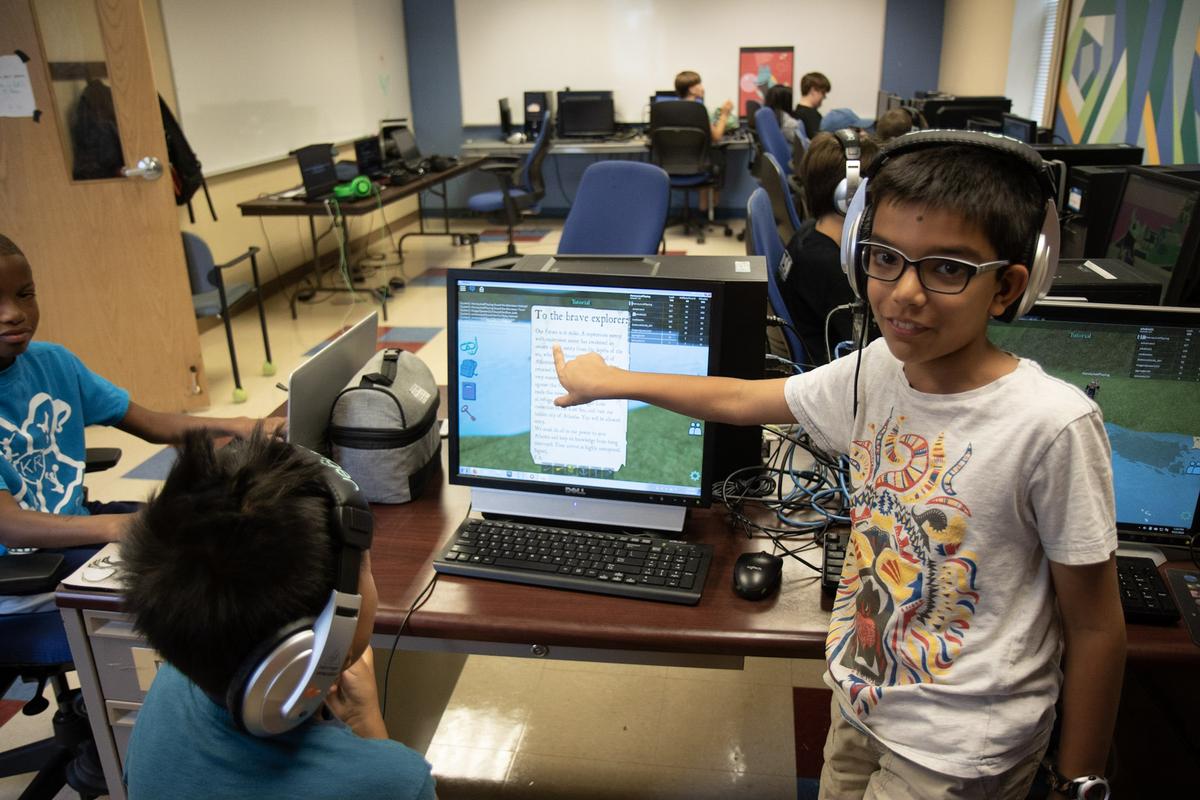
History
Our model has been around for 50 years, starting with Sudbury Valley School. The model has a long record of successful outcomes for their students.
We model our school on Sudbury Valley School, established in 1968. They have had nearly 50 years to explore and understand this model. Their literature is extensive and highly recommended for learning more about the model. They have well-established theoretical underpinnings, as well as books full of anecdotal evidence and research studies of graduates that support the theory in practice.
Throughout it all, the results have been impressive. With no formal education process, generations of students have successfully been prepared for adult life. They learn how to be confident, independent, community-minded adults who aggressively pursue a meaningful life.
Those who pursue a formal academic education do not find their lack of traditional academic preparations to be a problem at all. Rather, they find that the life and general learning skills that they have acquired allow them to easily master the missing academic pieces quickly and readily.
There is no formal body that decides if a school is a Sudbury school or not. It is a self-decided label. Thus, each school should be examined on its own merits.
Age-Mixing
Children learn the most from those that are near to them in age. Older ones inspire and challenge the younger ones while the younger ones lead to compassionate leadership in the older ones.
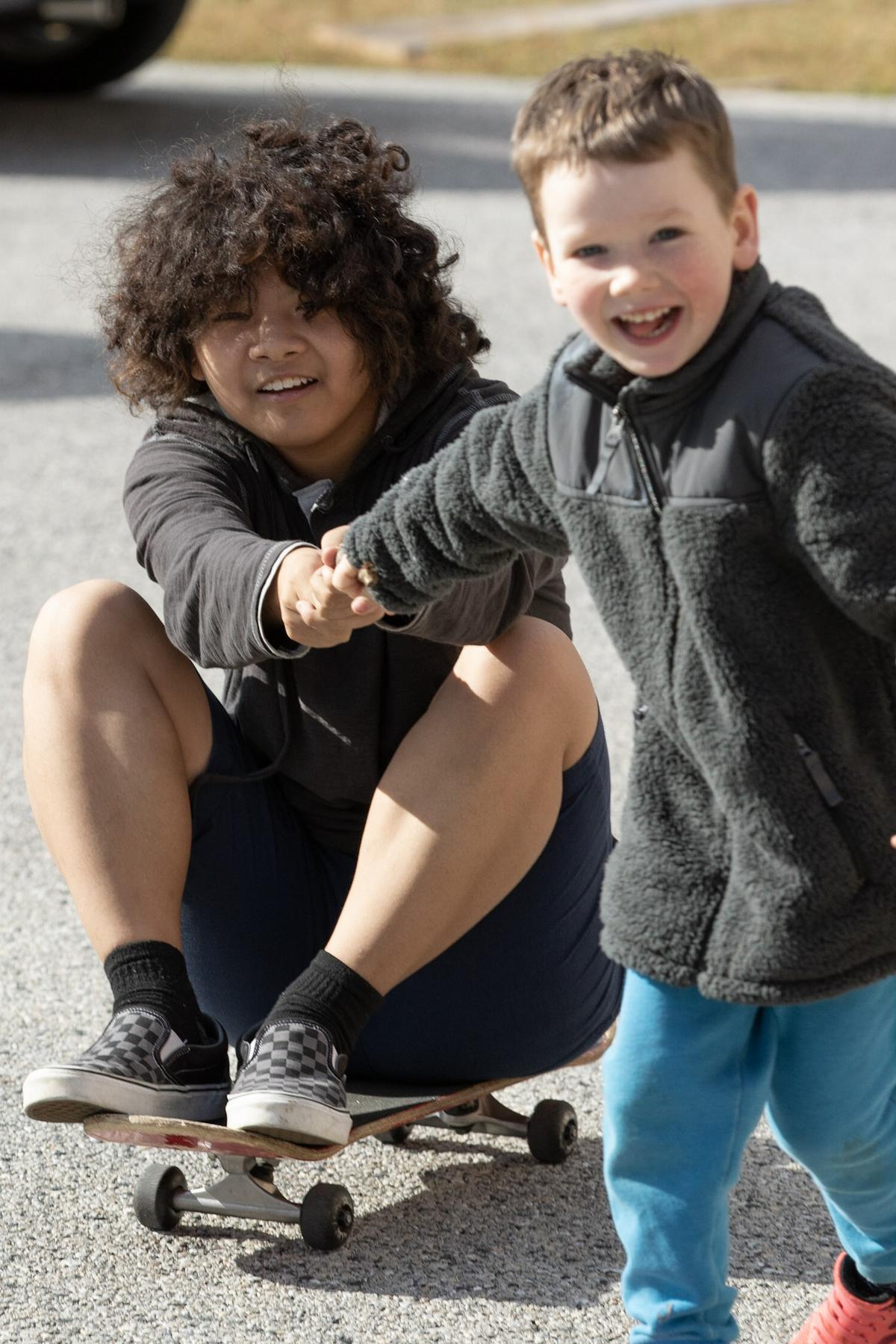
Our establishment of a community of free individuals naturally entails that children of different ages mix freely. The demands placed on students by the presence of both their juniors and seniors help develop a number of skills and understandings. First, it normalizes the fact that life outside of school is age-diverse. Beyond the walls of the school building, it holds true that people are not segregated by age and that they need to be able to communicate with others of varying ages and experience. In fact, as many adults experience after their own schooling experiences, age matters far less than the emotional maturity that usually, but not always, accompanies it. With this in mind, our students are free to self-organize in groups appropriate to their maturity and interests.
Age-mixing also provides specific and unique advantages that vary over the spectrum of age and maturity. Simply by virtue of being free to associate with older students, younger students will find themselves in situations that demand of them or exemplify in others a maturity that they may not yet have developed. Whether or not they take it on themselves in those moments to rise to the challenge of acting older, the cues and catalysts for such behavior constantly surround them in the form of older students responding to their own challenges.
The converse also applies for older students. For them, younger students serve as a reminder and inducer of the creative spark, but perhaps more importantly, of their own humanity. The presence of younger students sheds light on an older student’s own development towards becoming more physically, intellectually, and emotionally mature. This opens up the opportunity to self-identify with the younger other. This process expresses itself in many older students as an incredible sensitivity to the needs of others (not just those younger) and a willingness to consider their differences in practice.
Age-mixing, in addition to normalizing the real-world fact of age diversity, creates an environment in which younger students and older students serve to temper the behavior of the other, thereby providing a complementary means to ease into adulthood.
Acceptance
Students accept one another as part of the community. There is no pecking order except, perhaps, among our actual chickens.
A key component of this model is the acceptance of the individual. There is no notion that a student needs to be doing such-and-such a thing in order to be a better person. The core belief in this model is that the internal dynamics of a growing individual coupled with the environment of the community will naturally lead each student down their own satisfying path. Each path will look very different and that is a good thing.
We use life itself as our curriculum and we neither praise nor criticize students’ personal choices. We do embrace authentic emotions—joy at something delightful, frustration at annoyances—but notions of what is worthy of a student’s time come from students themselves, both as individuals and as reflexive members of a community, as well as the world of resources around them.
Students start from a place of accepting who they are now and then decide where to proceed from there. This allows our students to naturally grow into a future of their own making at a pace that works for them.
Learning
Learning is natural and is what matters most in any educational model. Learning how to learn is what all of our students learn.
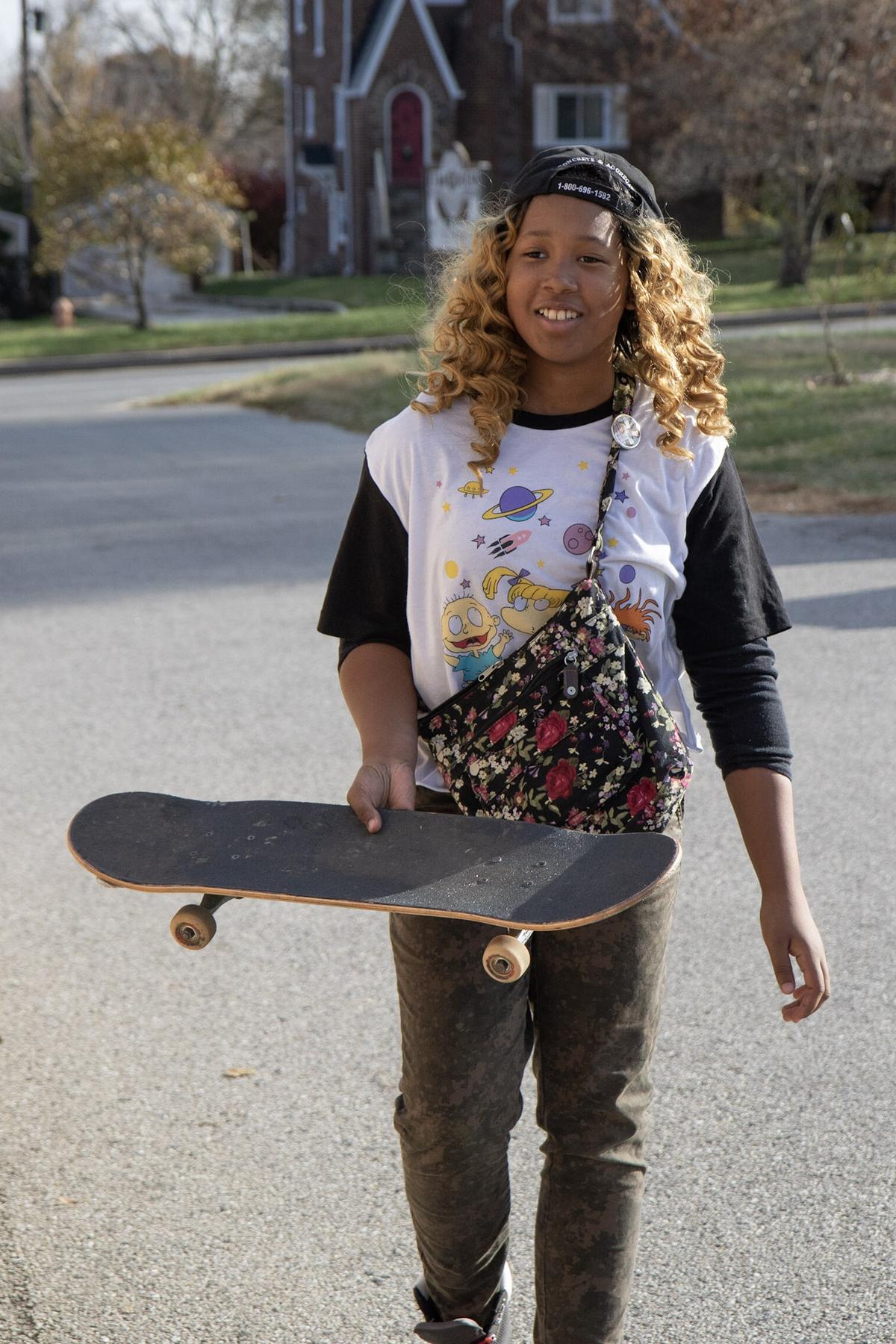
Because learning is the goal of education, our focus is not on teaching, but on learning. Students explore whatever interests them and in a fashion that makes sense to them. Success or failure has no bearing on growth. Students learn regardless of outcome.
Much of what students learn in their activities is how to learn. They learn that you first kind of make a mess as you explore an idea. Then, if you pursue it, it takes dedicated repetitive practice to get good at it. Along the way, they learn how to learn from others: how to seek out someone more knowledgeable and how to listen to them as they explain something difficult.
We often witness students, who are learning some particular subject, seek out not the most knowledgeable person on the subject around, but rather someone who is just somewhat ahead in knowledge or ability level. Age-mixing also lends itself well to this consequence though the mentor has a good chance of being the younger student. For most pursuits of learning, there is mutual enhancement when the ability levels of mentor and mentee are not that different.
The journey of learning is what we prize here. The skills of learning are transferable to whatever endeavor our students ultimately pursue. Learning how to learn is what our school is all about.
Constraints
Our community acts as a constraint which naturally leads to inspiration.
Creative people know that constraints drive good designs. Humans can be overwhelmed by choice, but when there are constraints to overcome humans shine. This holds for all ages. We see it quite often with children who at first will rail against not being able to get what they want, but who, once they accept the limitation, happily work with it to make something delightful.
Constraints in our school come largely from being a part of a community. This is a good thing. Our students learn how to respect others while still achieving their own, possibly modified, goals. Adult life is full of such constraints. Being able to deal with them is an important contributing factor as to why Sudbury graduates are able to navigate a variety of different paths in life with ease.
Environment
The environment spreads enthusiasm and ideas.
Humans in general learn a lot from their environment. We all watch and learn from others, taking cues from those around us on how to behave and what to do. It is what people do, rather than just simply what they say, which has the most impact.
Thus we see that waves of excitement over this or that come over our community. An individual brings interests to our community and then the community takes those interests and rebroadcasts them to the individuals.
Likewise, our system of rules is not studied or enforced by anyone in particular. Rather, rule following is modeled by the majority of the community and, therefore, each individual is strongly led to follow those same rules. In instances where an individual does deviate and matters can not be worked out among the individuals involved, our Judicial Committee intervenes. This prevents rules from continuing to be misunderstood, misapplied, or from taking precedent over people in the event that they are simply not good rules.
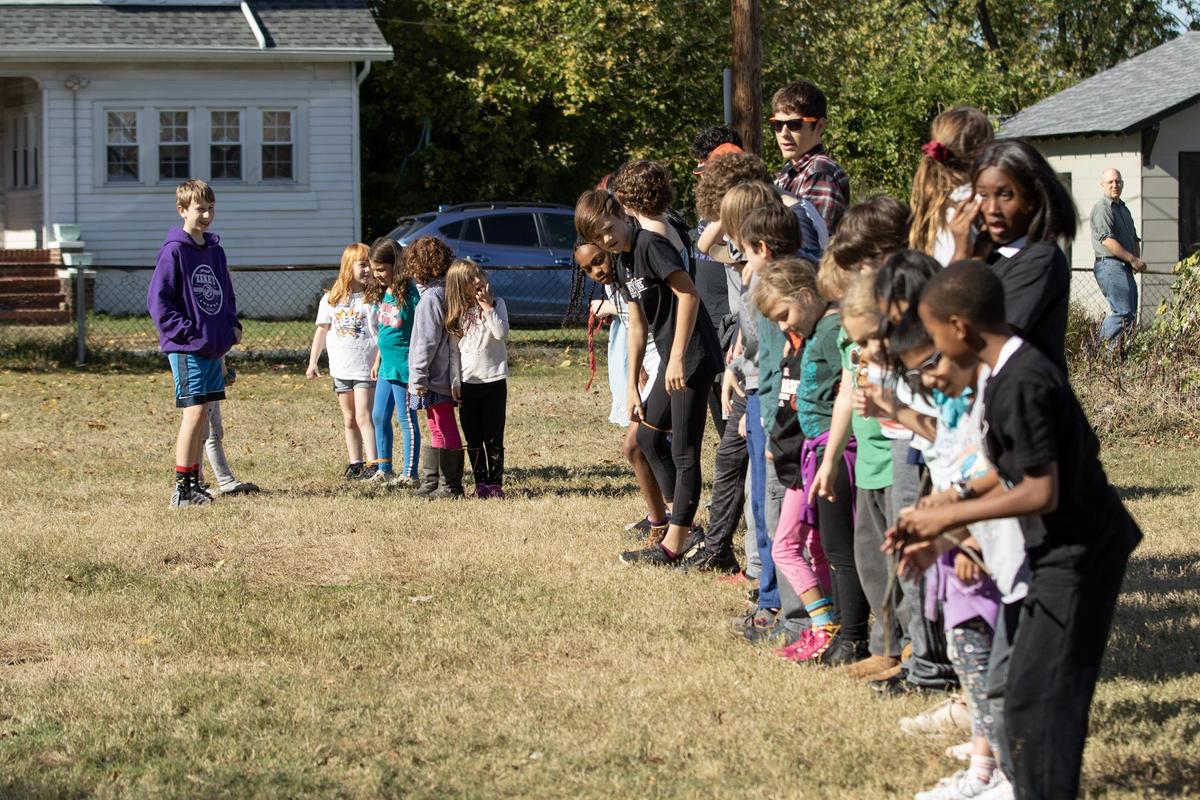
Empowerment
Democratic justice empowers our students to advocate for themselves and others.
Our democratic justice system empowers our students to find their voice as individuals and as part of the community. In a matter of minutes, they can go from rule breakers to rule enforcers to rule makers. They learn to look out for one another and for our system as a whole.
Empowerment is at the heart of what students learn at our school. Regardless of how it is expressed by the individual, all students learn to respect their inner urge for justice, responding to the call of the question, “If I am not for myself, then who will be?” This then leads to a further expansion into supporting justice for the school and even the wider community.
Safety
Students take responsibility for their own safety and for the community's safety.
A fundamental attribute for any school is for it to be safe. Our school provides a safe environment in multiple ways.
To start with, staff provide the adult presence to ward off and deal with any external threats. Should any situation ever approach the threshold of danger, adults are present to end the threat. This is as it should be in any school.
But our school has an advantage in that every student is a pair of eyes. The students trust the adults and want the best for their school and their community. If any of our students start to feel uncertain about safety, they have no hesitation about finding an adult.
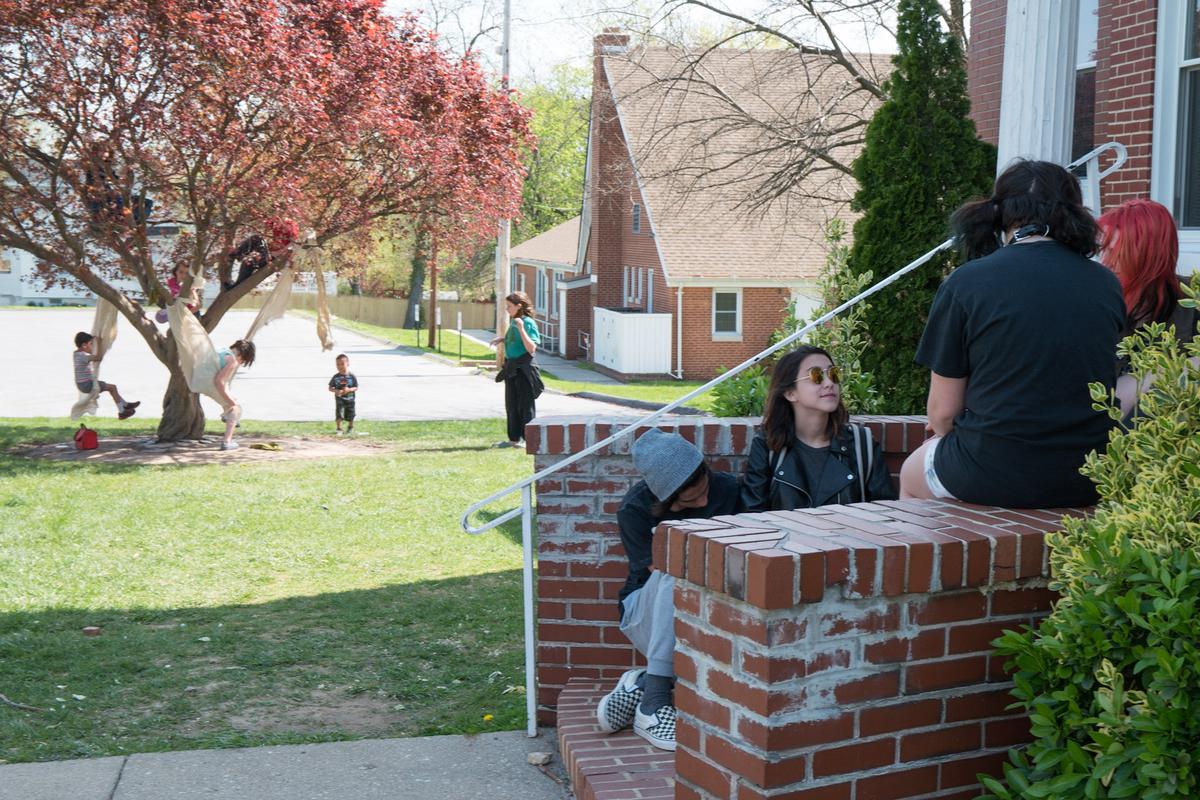
What our model does not do is bubble-wrap the students. They are free to explore their own comfort boundaries and define them, whether they push those boundaries and redefine a larger comfort zone or are more comfortable settling in more familiar territory. Our students are left freely to choose their own actions and we see them balance caution with their natural drive to expand their own capabilities.
Bumped elbows, scraped knees, and other such incidents give students plenty of incentive to be more careful. In the rare instances when a child might truly be approaching areas out of their depth, the community has plenty of eyes to recognize the risk and plenty of voices to urge caution. In the extreme, an adult is consulted.
Though physical safety, due to its apparent nature, is chief on the minds of all parties involved, emotional safety is just as important on a day-to-day basis. This is where the model shines. The entire community accepts and cares for its members. They may not all be friends, but there is a common bond that makes each member of the community feel welcomed and cared about.
The school also maintains peer mediation as a means to solve interpersonal conflict in a more formal setting. This allows students to say their side to each other in a private setting without fear of reprisal. Students are free to make agreements with each other or not. As with Judicial Committee, it is often the process that is more important than any quantifiable outcome.
We do not judge, we do not label, and we do not rank. There is no formal hierarchy that leads to stress and rejections. Staff do not stigmatize any of the students. There is no emotional violence visited upon students in the name of education.
This is not to be underestimated. Our students enjoy coming to school. It is a place of safety, despite the unknowns. It is their second home.